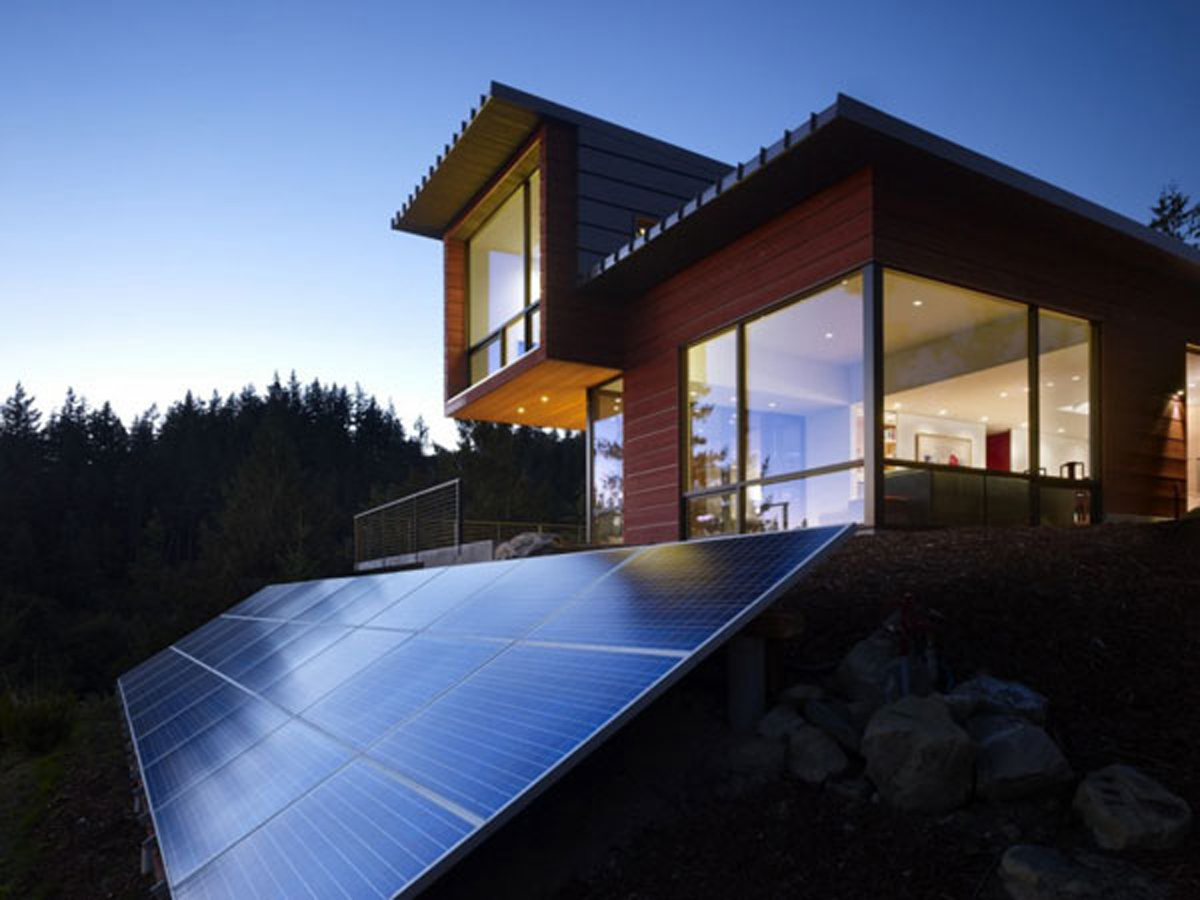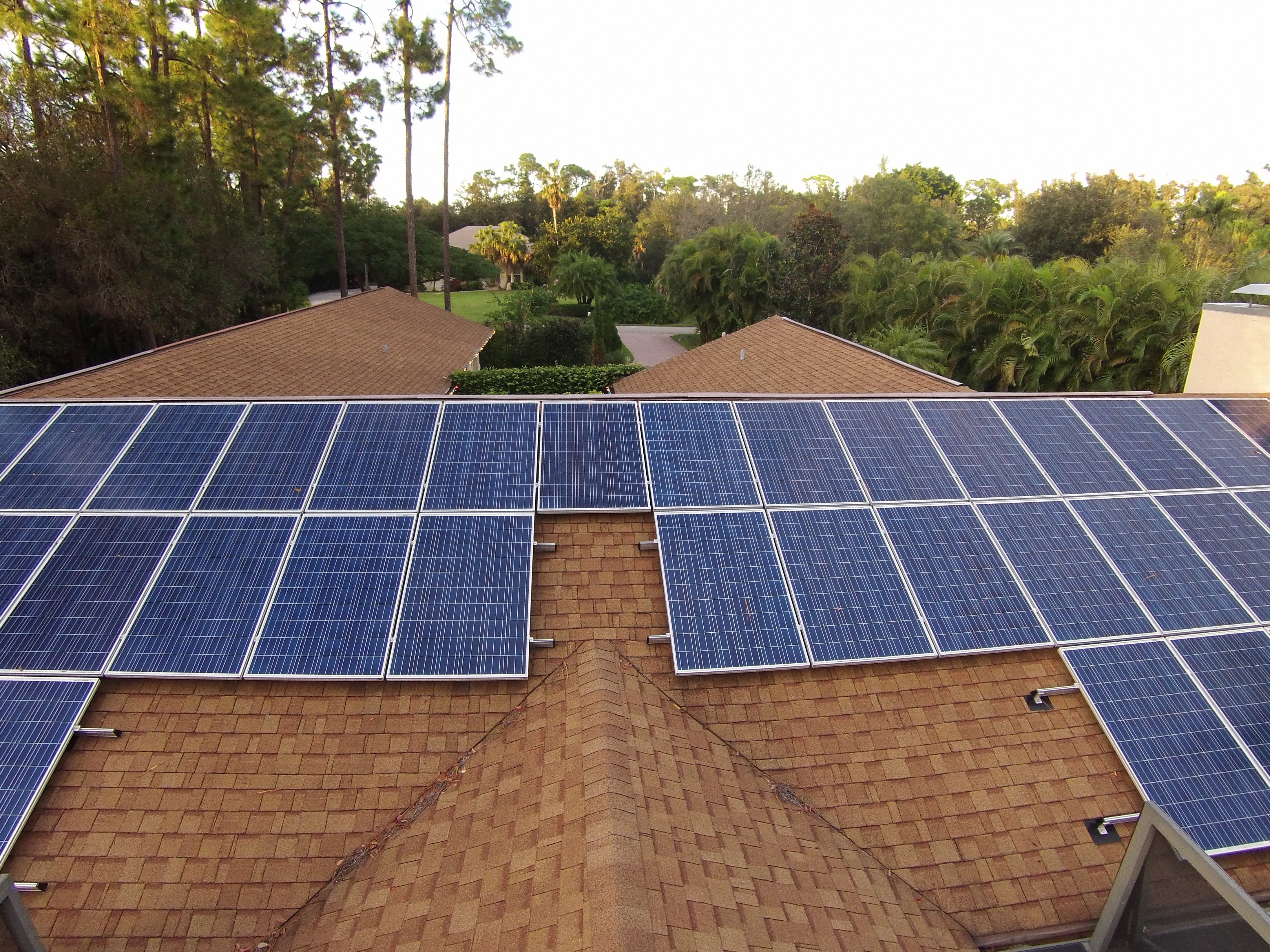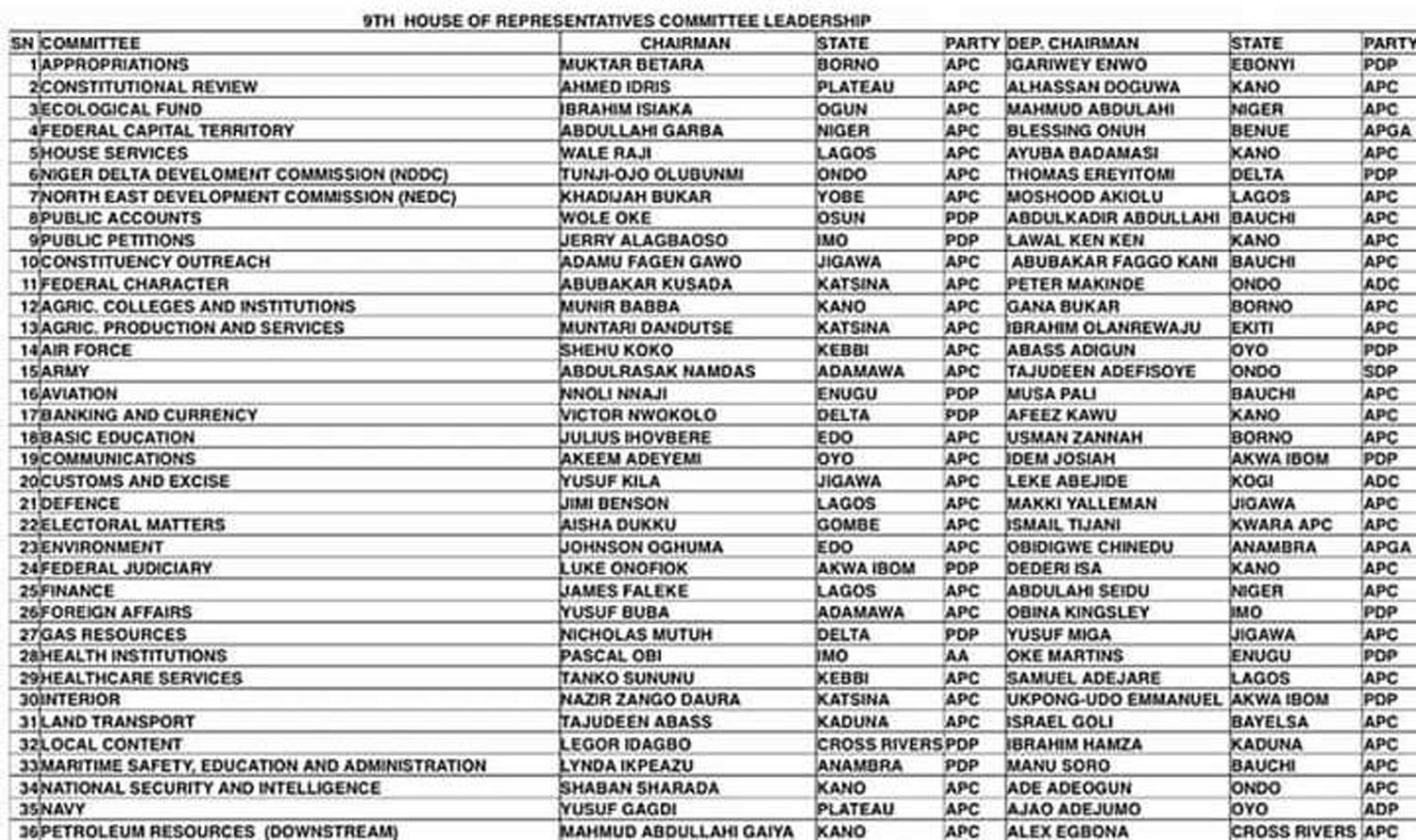Table Of Content

Receive up-to-date information and news about what is going on in the solar industry, updates on our services and features, and more. Catherine is the Written Content Manager at SolarReviews, where she has been at the forefront of researching and reporting on the solar industry since 2019. Another alternative financing option is a home equity line of credit (HELOC). This allows you to tap into your home’s equity and use it as a lower-interest credit card so you can access cash for home projects. Ditching your gas-guzzler for an electric vehicle (EV) is a great way to lower the cost and emissions of getting from A to B.
Compare the Cost of Solar Panels by State
The price can exceed $30,000 if you’re goal is a whole-home backup. If you already have low energy costs, your roof doesn’t face the right direction, or if it’s just not in your budget, a residential solar system might not be worth it for you. Much like a DIY installation, used solar panels can save you money when going solar. Aside from safety, DIY solar installations might not qualify for certain incentives and might void solar equipment warranties. Unless you really know what your doing - we don’t think the DIY savings are worth all of the potential risks. Maintaining your solar panels costs anywhere from $140 to $180 annually or an average of $150 per year if you hire a pro to maintain your solar panels.
Do Solar Panels Increase Home Value? (2024 Guide) - Architectural Digest
Do Solar Panels Increase Home Value? (2024 Guide).
Posted: Mon, 05 Feb 2024 08:00:00 GMT [source]
How to Find the Best Los Angeles Solar Installers

Similar to microinverters, power optimizers operate at the individual panel level. String inverters are typically located on the side of your house, making them reasonably easy to repair and maintain. Depending on the size of your solar power system, you could require just one or a couple of string inverters.
Elon Musk's Gigafactory Should Be Dictating Your Solar Equipment
Single crystal cells convert sunlight to electricity more efficiently than those made with silicon fragments, making monocrystalline solar panels more efficient than polycrystalline solar panels. Monocrystalline panels are typically black and have a higher price tag, whereas polycrystalline cells are blue and more affordable. A more efficient solar panel will reflect more sunlight and transform that energy into electricity for your home. Therefore, choosing high-efficiency solar panels means you’ll get the most out of your solar panel system, but it can also mean you’ll pay more. Consider the pros and cons of going for high-efficiency solar panels to determine if investing is the right choice for your budget and energy needs. Some homeowners may find it more economical to go for less efficient polycrystalline solar panels to help offset the higher price tag of monocrystalline panels.
Los Angeles
US solar panel makers seek import tariffs to protect new domestic factories - Reuters
US solar panel makers seek import tariffs to protect new domestic factories.
Posted: Thu, 25 Apr 2024 21:20:00 GMT [source]
The solar tax credit, sometimes called the investment tax credit (ITC), is a nationwide solar incentive that homeowners can take advantage of if they have taxable income and install solar panels. The credit is equal to 30% of solar installation costs and directly reduces federal income tax liability. Another common solar program is net metering, which is offered in some form in almost every state. Net metering lets you return excess solar power generated by your system back to the power grid in exchange for credits on your electricity bills. To participate in net metering, solar owners need to remain tied to the grid. They can monitor their net metering credits to understand the financial savings that the program offers.
How much energy can you save with solar panels?
When it comes to solar panel installers, CNET's top spot goes to ADT Solar. Maxeon and REC solar panels came out on top of our rankings, but the best solar panel is the panel that best fits your needs. The solar panels on our list aren't interchangeable, but there are likely multiple acceptable options when it comes to meeting your energy needs. A panel’s coefficient rating measures its efficiency loss as temperature increases and is expressed in negative percentage numbers.
My Installer vs. The Perfect Installer
A manufacturer melts the silicon fragments and pours them into molds, where they solidify. Although they’re less efficient than monocrystalline panels, they’re more affordable. You can also install more of them if you have enough space, which makes up for their lower efficiency.
You can take advantage of incentives.
Grid-tied systems that require little or no storage are more common and less costly. For instance, how much roof or yard space you have and if you can face the panels in the optimum direction are both crucial factors that may limit your panel choices. Smaller spaces benefit from fewer panels with higher wattages and efficiencies, while homeowners with larger available spaces could benefit from having more panel quantity and power options. Maxeon’s solid backing of its products earns it substantial points in our evaluation.
Power output
The most important solar incentive to know about is the federal Residential Clean Energy Credit, which is part of the Inflation Reduction Act. If you own a solar system, you can claim 30 percent of the total cost of your system as a credit when you file your federal tax return. Maxeon spun off as a business from SunPower in 2020, but its panels are still largely installed by SunPower and its subsidiary, Blue Raven. Many Maxeon panels have production warranties that guarantee 92% of their rated output after 25 years, another high mark for the industry. The initial costs of installing a solar energy system can be a challenging obstacle when deciding if solar is worth it.
Interested in understanding the impact solar can have on your home? Enter some basic information below, and we’ll instantly provide a free estimate of your energy savings. In addition to offering a relatively small product lineup, Qcells’ website is nearly as thin regarding useful information. We navigated to the site looking for information to help decide if we were interested in learning more about the company’s products. No one should feel they are being taken advantage of while pursuing clean energy.
Solar panels cost between $2.40 and $3.60 per watt including installation. Therefore, just how much you pay for your system depends on how many watts you need to keep your home powered. The value of a solar panel is evaluated by looking at the wholesale cost per watt of a brand’s flagship solar model.
It is used primarily in very large power plants and is not appropriate for residential use. This technology uses mirrors to reflect and concentrate sunlight onto receivers that collect solar energy and convert it to heat, which can then be used to produce electricity. Solar for All will expand existing low-income solar programs and launch new ones. The 60 selected applicants will serve households in all 50 states, the District of Columbia, Puerto Rico, and territories, as well as increase access to solar for Tribes.











